As the novel coronavirus spreads, the cultural sector has slowed to a halt: Museums and galleries are shuttered in many countries, and fairs and festivals have been canceled. At the advice of experts, people are hunkering down to self-quarantine and practice social distancing. The situation is evolving quickly, a new reality is being forced upon us, and fields like architecture and painting can seem trivial. And yet, at moments of such isolation and crisis, art, design, and performance can offer powerful means of connection—and a welcome escape from the disorienting present. With exhibitions and concerts called off, our editors survey six low-risk ways to experience culture—from subway simulation games to virtual exhibition viewing rooms, and more. —The Editors
Quarantine Culture: 6 Ways to Experience Design and Art Without Leaving Your Home
A virtual subway simulation game, the Smithsonian Transcription Center, Louise Lawler coloring sheets, and other resources for you to enjoy from the comfort of your living room.
BY THE EDITORS March 30, 2020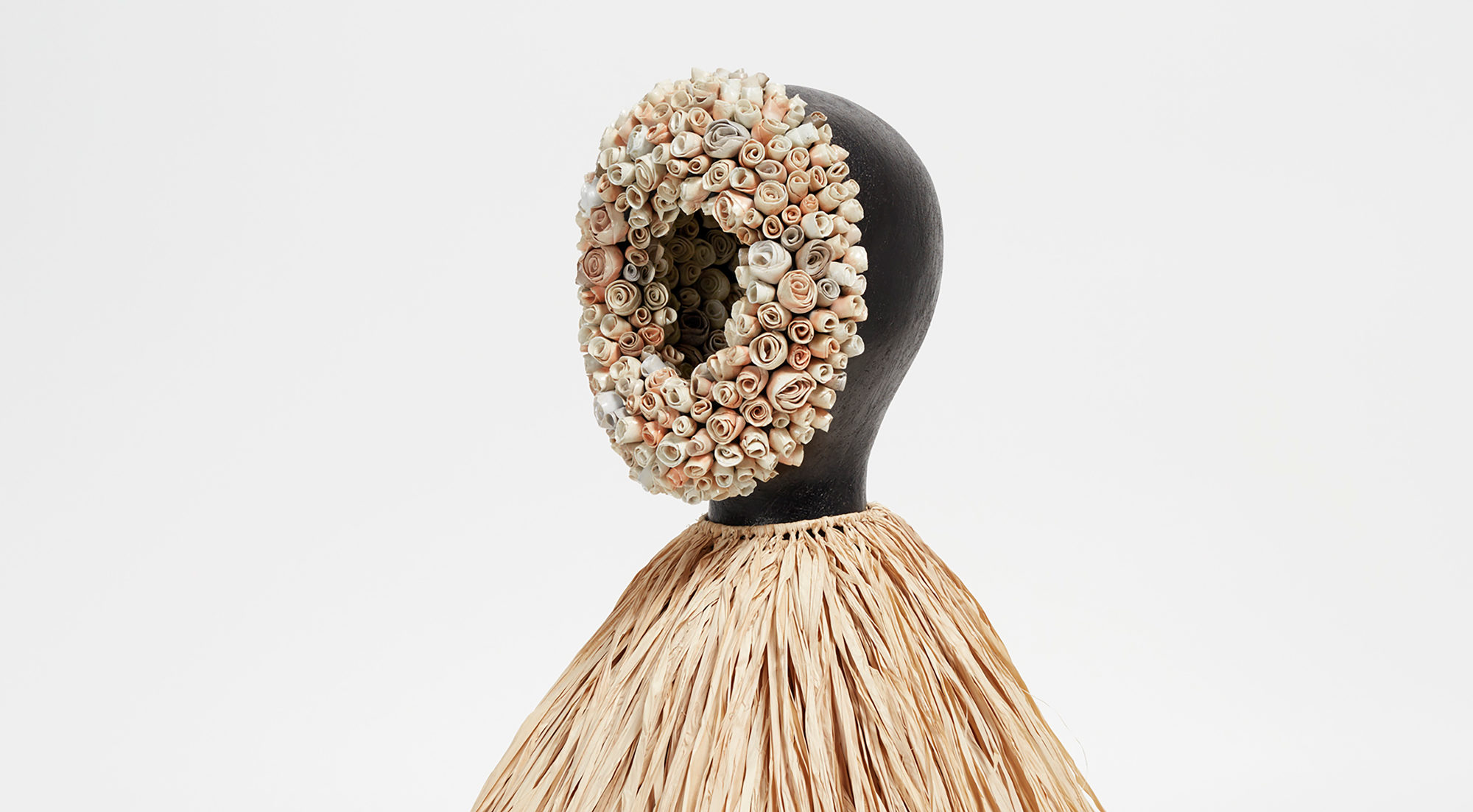
“Duro Olowu: Seeing Chicago”
Even if museums are closed, visitors can still access many of the terrific exhibitions on view and hear from the curators who organized them. One I highly recommend is “Duro Olowu: Seeing Chicago,” which was curated for the Museum of Contemporary Art Chicago by the Nigerian-born British fashion designer Duro Olowu, a renaissance raconteur who has previously put together shows in London and New York. “Seeing Chicago” presents more than 230 works from the city’s public and private collections. Together, they offer a portrait of a city at times riven with racial and class divisions but also unified by a particular zeal for making, collecting, and sharing great art. You can read more about Olowu and his approach to the show in the current issue of Surface.
But for a direct sense of the man and the myriad sources that drive him, head to the MCA’s website to hear Olowu speak about the relationship between collecting and design and how he has come to understand what the word cosmopolitan means. “To be inspired in design and to improve design, and learn from design, you physically collect a lot of things but you also collect with your eyes,” he says. “You just store it in another way. It’s almost like your dictionary but it’s a more valid dictionary. It’s a dictionary placed in the real world. And you learn from it, and you know when to pull from it. That is really the most important process: the coming together of both the ideas and the material.” —Diane Solway
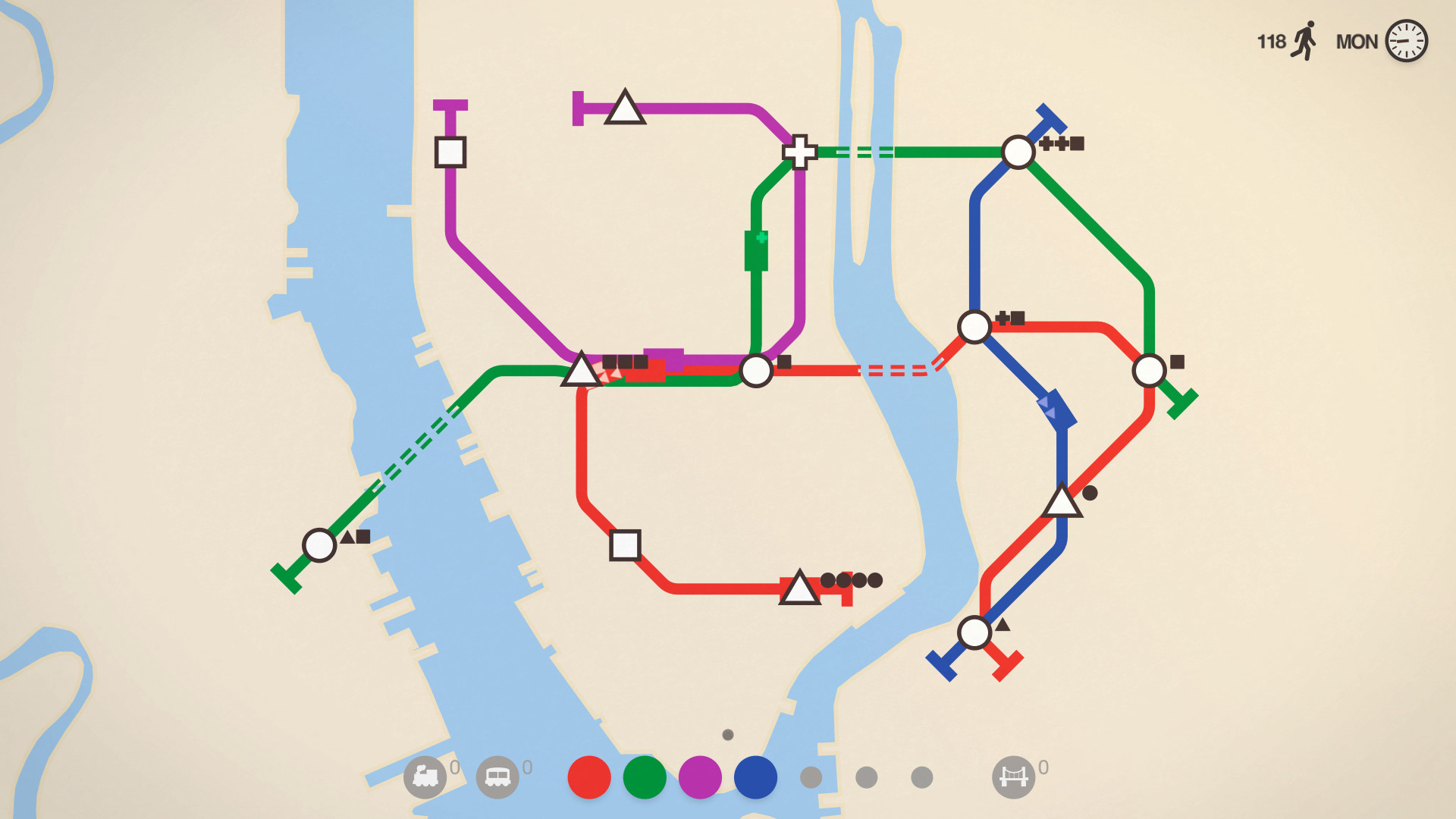
Mini Metro
Memes about commuting in the age of coronavirus—meaning around one’s own house—have been making the rounds on social media, evoking “sad but true” responses from city dwellers lucky enough not to have to go outside. Straphangers craving a mass transit fix may instead find solace in Mini Metro, a strategy simulation game in which you, the transportation planner, design and operate a minimalist subway map for a growing city. Draw lines between stations to keep your citizens on the move, and strategically redraw them to keep them running efficiently. If only it was this easy in real life! The game, which is dangerously addictive, can be purchased on Steam, the iOS App Store, Google Play, the Nintendo eShop, and the PlayStation Store at a small price. —Ryan Waddoups
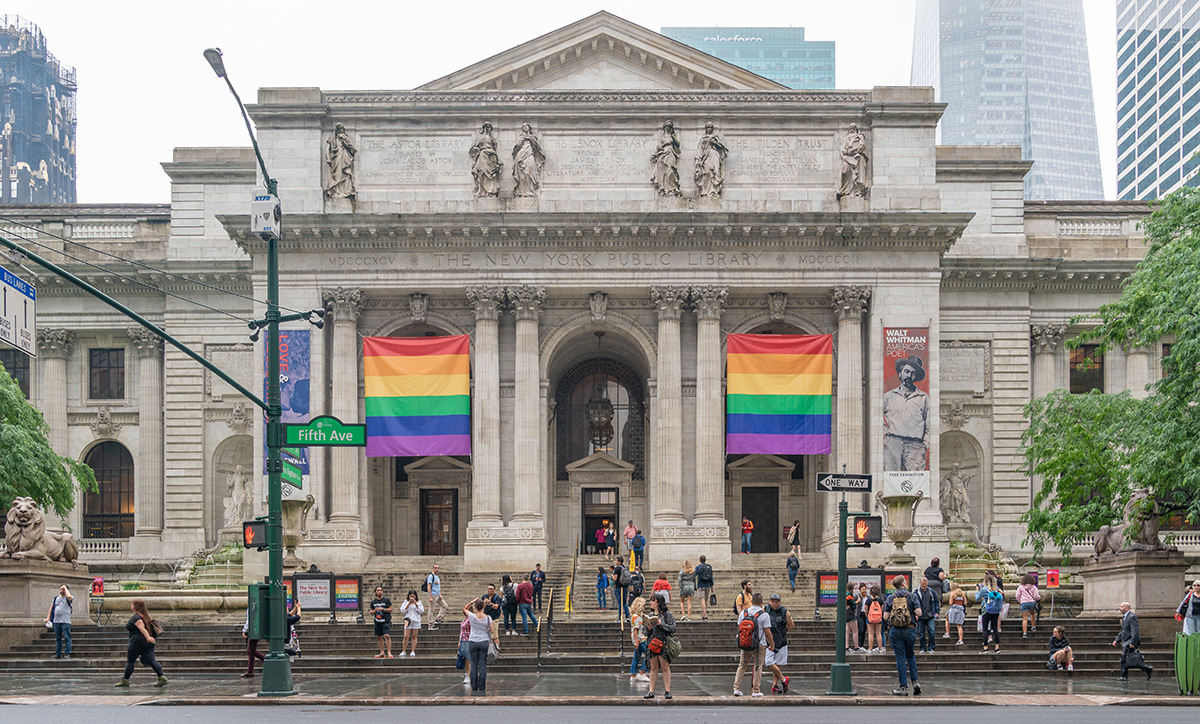
Public Library Apps
Countless library branches are shuttered right now, but eBook apps that are connected to those institutions are filling the void. This will not be news to their many avid users, but I will admit being pleasantly surprised by the vast range of works on offer in digital form—new and old, lionized and obscure—from the New York Public Library and the Brooklyn Library. There are waits for some books, just like in the real world, but the queues tend to go quickly. Amazingly, just as cabin fever was settling in one recent afternoon, Jenny Odell’s incisive repost to the attention economy, How to Do Nothing (2019), became available for me. I’m now enjoying it on the tidily designed Libby app, one of many programs that are ready to serve. —Andrew Russeth
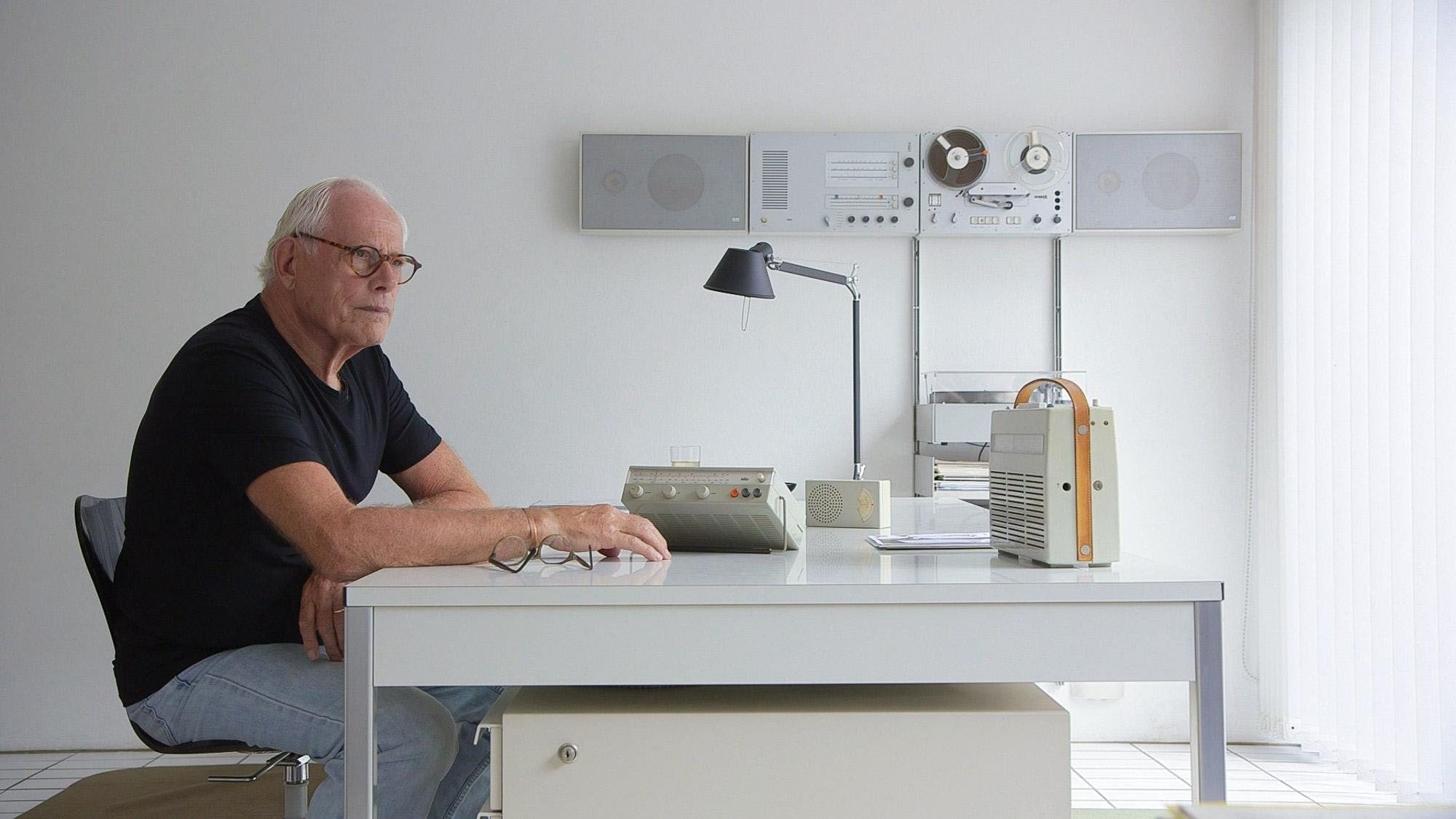
Gary Hustwit Documentaries
Gary Hustwit, the award-winning director behind such design-minded documentaries as Helvetica, Objectified, and Rams, has decided to stream his films online, free of charge, during the Covid-19 crisis. “We’re all going through some big adjustments and staying indoors,” Hustwit wrote on Instagram. “Will watching a film about fonts do a goddamn thing about this crisis? Probably not. But I make films, and hopefully you like films.” Mark your calendars, because he’s posting a new documentary every Tuesday. It’s a fantastic opportunity to brush up on design history and perhaps indulge in Brian Eno’s original soundtrack to Rams. —R.W.
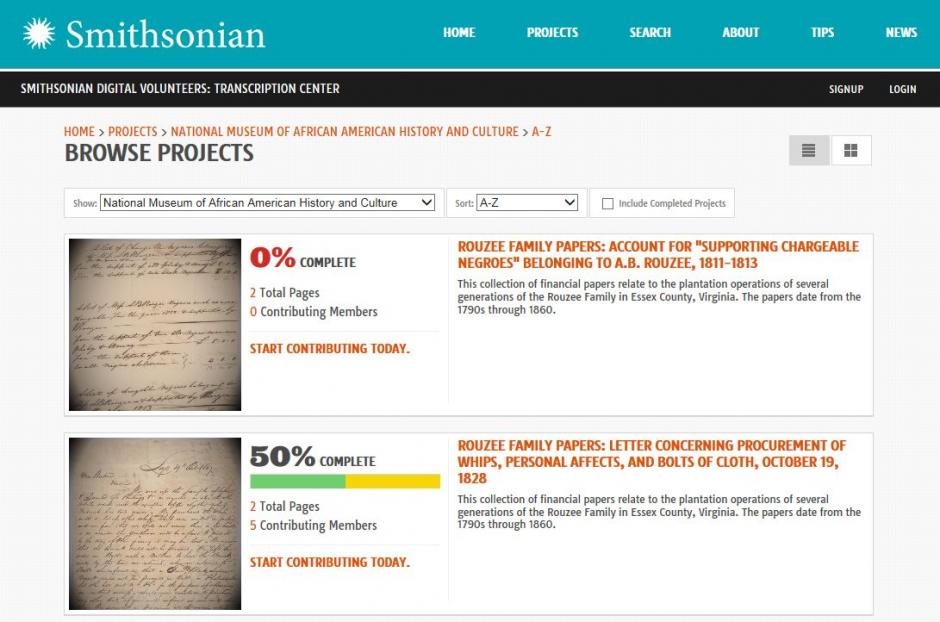
Smithsonian Transcription Center
If you are lucky enough to be ensconced at home right now, culture need not be limited to consuming prodigious amounts of television. You can also contribute to it. Invent a new dance craze on TikTok, record that podcast you have always been meaning to start, or even transcribe historical documents from the Smithsonian. The Smithsonian Transcription Center is an easy-to-use website with scans of all sorts of historical documents that need to be digitized, from the journals of gardener Gertrude Farrington, to the papers of astronaut Sally K. Ride, to the records of the Freedmen’s Bureau. Register for an account and you can be typing (or proofreading, if you prefer) in a matter of minutes. At a time of indefinite waiting, finishing such rote work can be a pleasant experience, and the experience may also deliver some unexpected pleasures. Sifting through the documents for a page to check, I was delighted to come across the archive of the late, great artist Minnie Evans, which include little printed signs with some of her statements. One reads: “MY WORK IS JUST AS STRANGE TO ME AS THEY ARE TO ANYONE ELSE.“ —A.R.
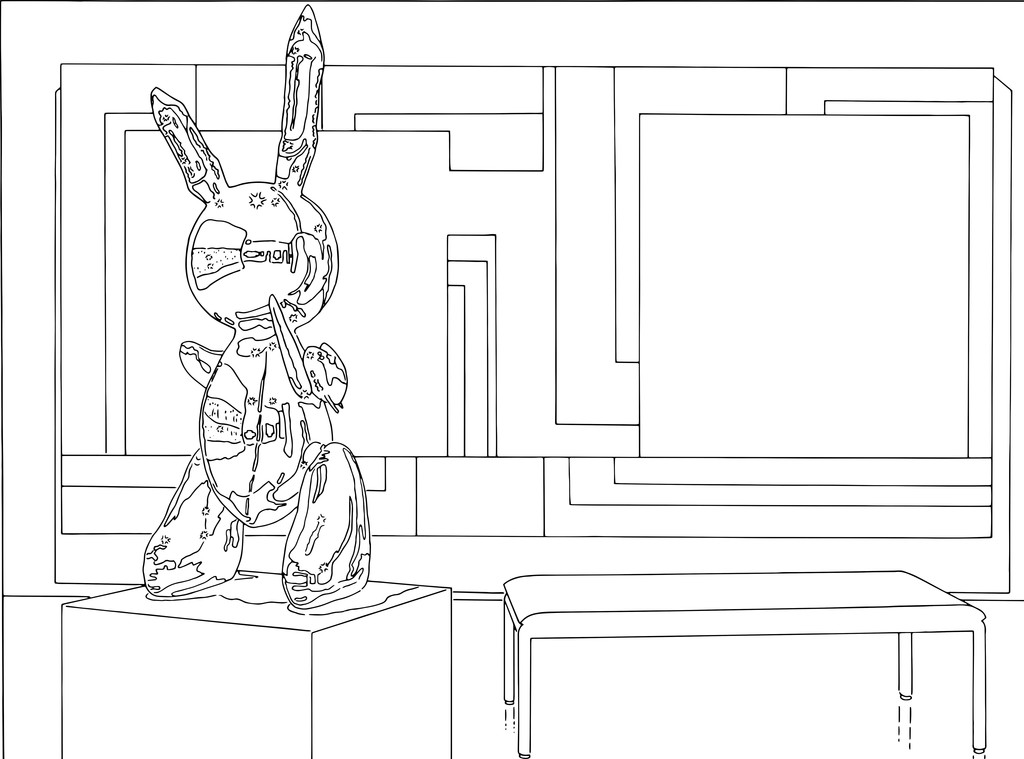
Louise Lawler’s Tracings For You
Own a printer and a set of colored pencils? You’re in luck: Louise Lawler, an artist known for her photographic explorations of how artworks exist in various settings, has made 12 black-and-white tracings of her works available as downloadable coloring sheets. Each image is a scaled-down version of an individual work that appeared in her 2017 solo exhibition, “WHY PICTURES NOW,” at the Museum of Modern Art in New York. The museum encourages you to tag your colored drawings with #DrawingwithMoMA on social media for a chance to have them reposted. —R.W.
